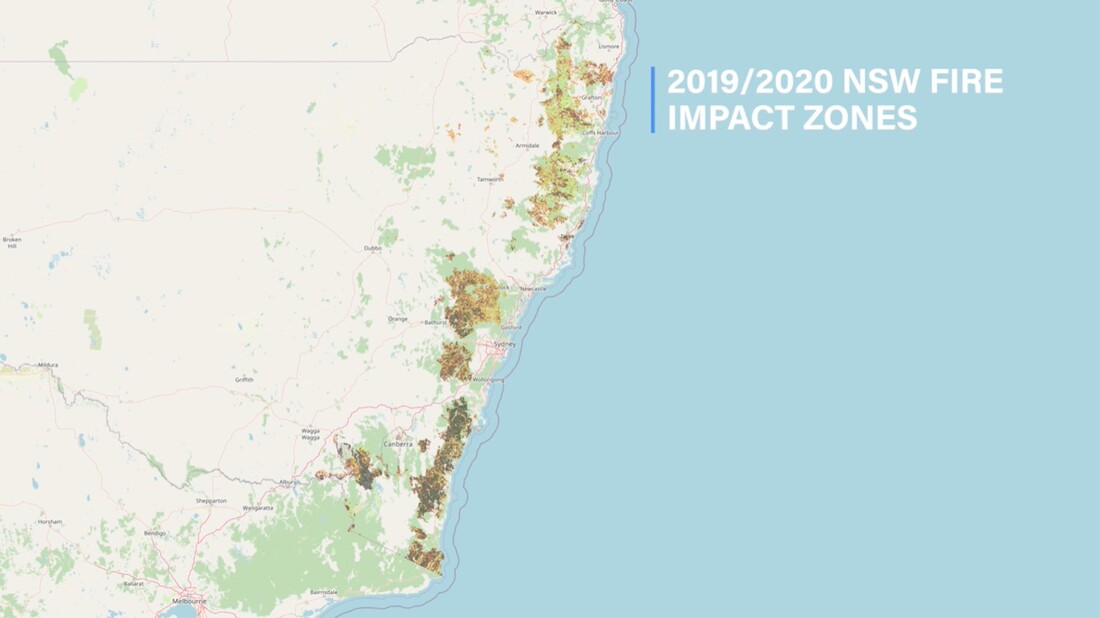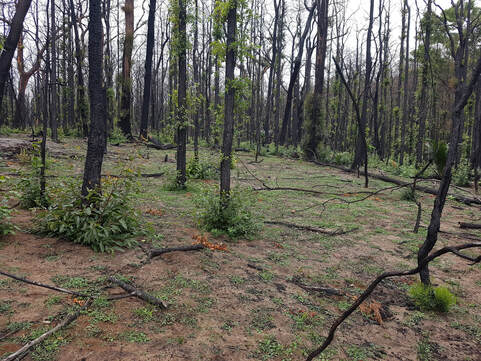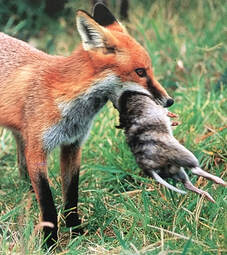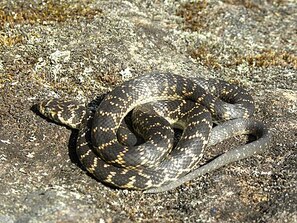Wildlife Relief and Recovery Grants (WIRES)
Project Title: |
Assisting Habitat Restoration Post-Fire across the Shoalhaven |
Duration: |
May 2020 - May 2021 |
Cost: |
$20,000 |
Description: |
The project supported and assisted landcare groups to undertake restoration and recovery efforts to restore native habitat and support native fauna to recover from the results of the 2019-20 summer fires. |
Objectives: |
|
Outcomes: |
|
Great Eastern Ranges Fire Recovery
Project Title: |
Cores, Corridors and Koalas: Shoalhaven Landscape |
Duration: |
May 2021 - February 2022 |
Cost: |
$30,000 |
Description: |
This project formed a coordinated effort led by Shoalhaven Landcare, several of Shoalhaven Landcare’s member groups and Birdlife Shoalhaven to restore the health and resilience of habitat for a variety of forest-dependent native species in response to the devastating bushfire crisis of 2019 to 2020. The project was one of a series of coordinated, complementary activities being implemented to restore habitat and support movement of wildlife, taking place in strategic locations across the Great Eastern Ranges. |
Objectives: |
|
Activities: |
|
Outcomes: |
|
Local Land Services Bush Fire Recovery Grant
Project Title: |
Emergency Pest Mitigation and Habitat Protection |
Duration: |
September 2020 - June 2021 |
Cost: |
$13,500 |
Description: |
Support for control of fox, goat and deer in strategic areas of Kangaroo Valley and artificial habitat for Broad-headed snakes. |
Objectives: |
|
Activities: |
|
Outcomes: |
|
Notes: |
Unfortunately, the broad-headed snake is now listed as endangered. Declining population numbers are most likely attributable to removal of rock faces and suitable habitat for this species, primarily due to urbanization and landscaping. Other rock-dwelling reptiles and invertebrates are without a doubt also negatively influenced by human modification of habitat. |



